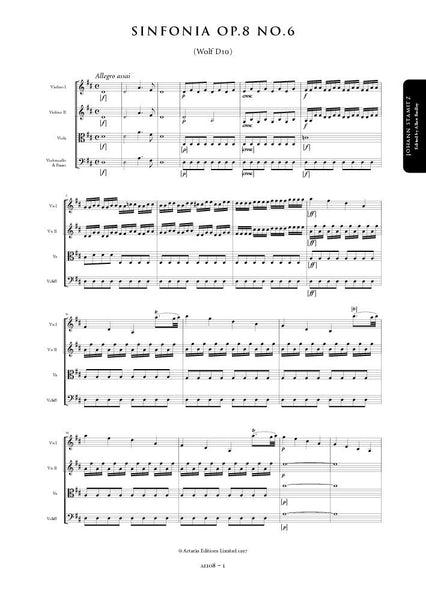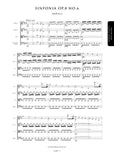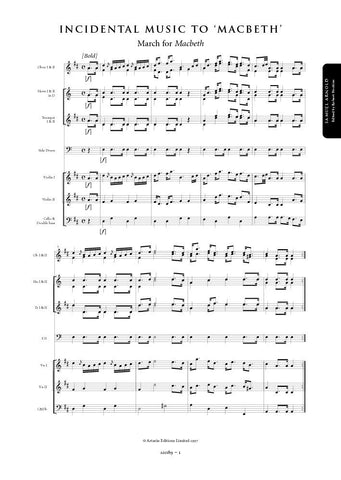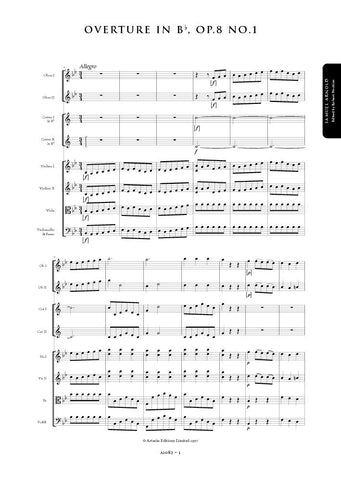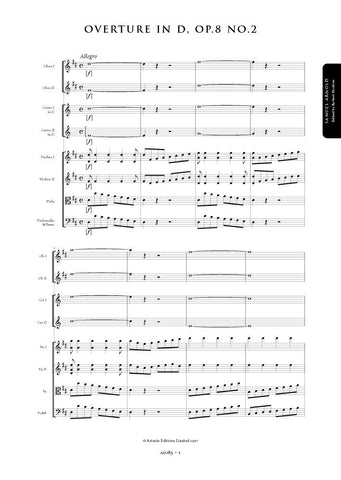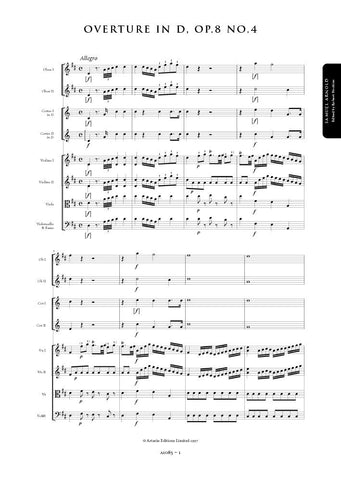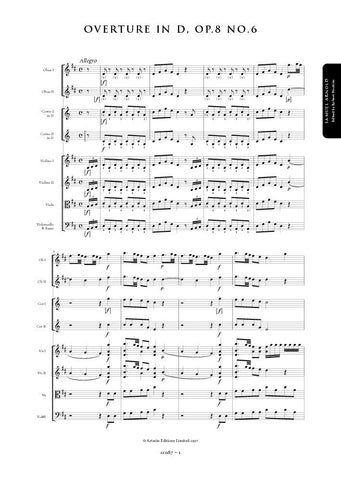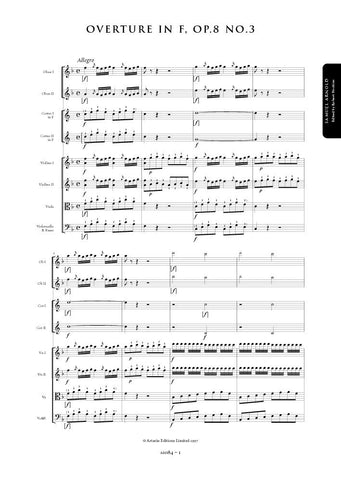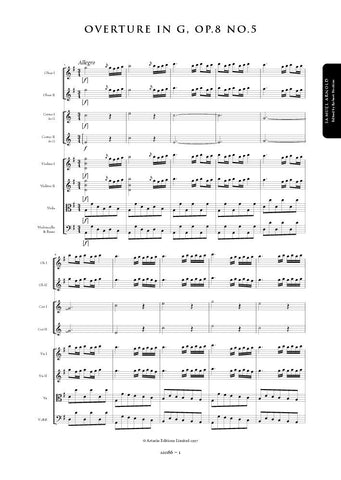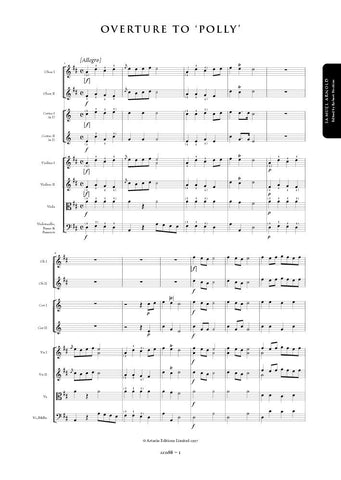Stamitz, Johann: Symphony in D major, Op. 8, No. 6 (AE108) – sheet music
Previous Product Next Product
Description |
Stamitz, Johann (1717-1757)
|
||||||||||||||||||
Details |
The set of six symphonies published in Paris by La Chevardière in 1763 as Opus 8 includes among its number a work by Stamitz's Mannheim colleague, Franz Xaver Richter. The remaining works appear to have been written over the period ca 1745-1751 and found their way into the set purely by chance. The haphazard nature of the opus is perhaps also evident in the choice of keys: three of the six works - and all of them by Stamitz - are in the same key, D major. While this lack of variety is not completely unknown in contemporary publications it does tend to support the view that La Chevardière was prepared to publish anything that came to hand. The title page of the publication reads: "SIX / SIMPHONIES / a quatre Parties obliges, / avec Haubois, et Cors de chasse / Composes par Mr / JEAN STAMITZ / Directeur de la Musique de S.A.S. / Mr l'Electeur Palatin Mannheim. / OEUVRE VIII..." The present work, like Op.8 No.2, probably dates from ca 1750-1751. Its scoring for strings alone is unusual by this stage in Stamitz's career and raises the possibility that it was originally conceived a8 and the wind parts have subsequently disappeared. The first movement is remarkable for including one of Stamitz's earliest crescendo passages. In the absence of the autograph score or a set of authentic parts this edition presents as faithfully as possible the intentions of the composer as transmitted in La Chevardière's print. The notation of articulation and dynamic markings has been standardised throughout, and, where missing, markings have been reconstructed from parallel passages. These are indicated by the use of dotted slurs or brackets where appropriate. The engraver failed to include any dynamic markings in the second and third movements; a crescendo passage is clearly implicit in the opening bars of the finale and has been marked accordingly. Like most eighteenth century sources, the Chevardière print is inconsistent in its notation of appoggiature; these have also been standardised to minimise confusion. Obvious wrong notes have been silently corrected; otherwise, any editorial emendation with no authority from the source is placed within brackets. Allan Badley |
||||||||||||||||||
Score Preview (best viewed in full screen mode) |
|||||||||||||||||||




